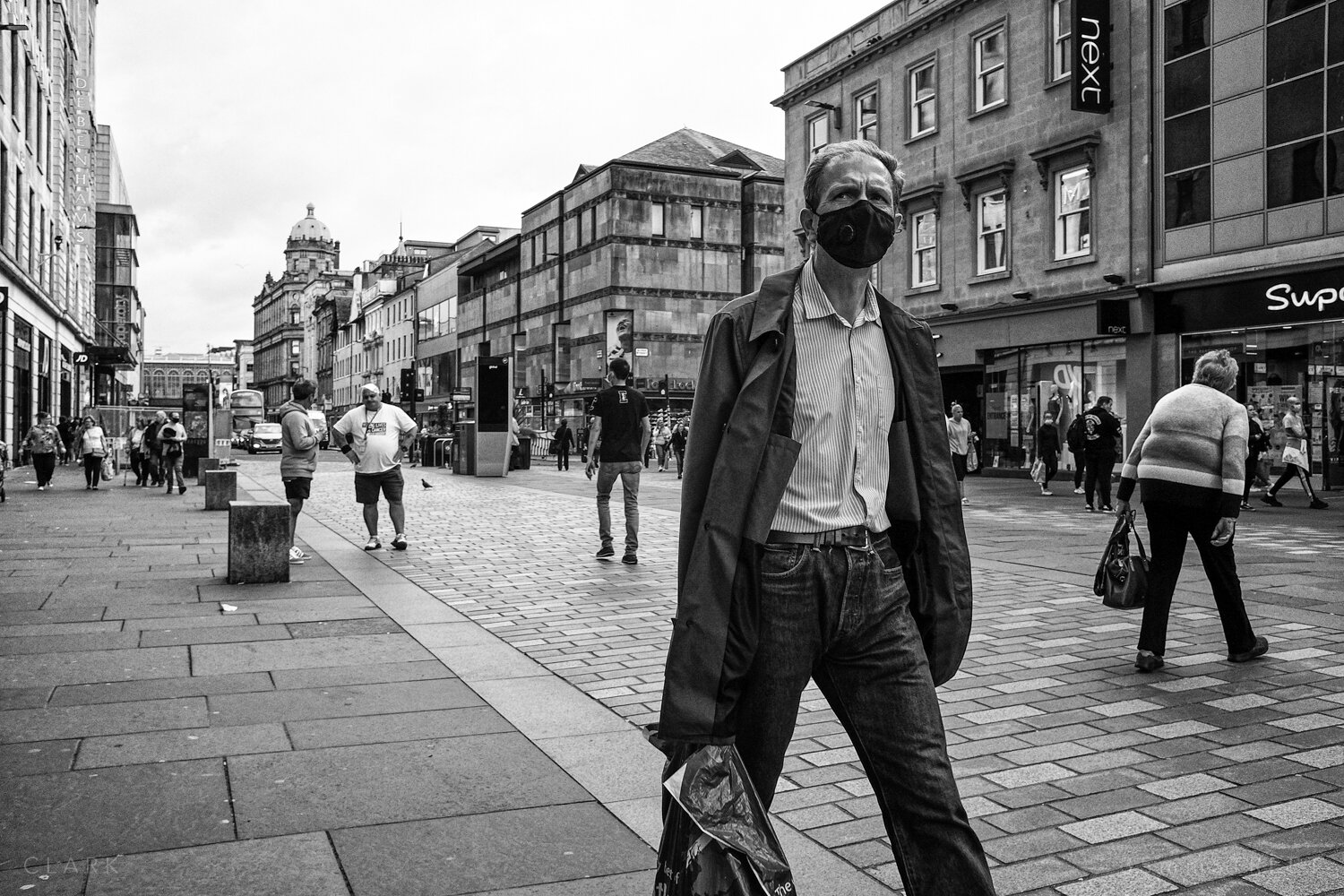3 Easy Facts About Street Photographers Shown
3 Easy Facts About Street Photographers Shown
Blog Article
Examine This Report on Street Photographers
Table of ContentsFacts About Street Photographers UncoveredAn Unbiased View of Street PhotographersEverything about Street PhotographersGetting My Street Photographers To WorkStreet Photographers - Questions
A category of photography that records everyday life in a public area. The actual publicness of the setting enables the photographer to take honest images of complete strangers, typically without their knowledge. Street photographers do not always have a social purpose in mind, however they like to isolate and capture minutes which could or else go unnoticed (Street Photographers).He was affected by numerous of those that influenced the road photographers of the 1950s and '60s, he was not primarily interested in capturing the spirit of the street. The impulse to aesthetically record people in public started with 19th-century painters such as Edgar Degas, douard Manet, and Henri de Toulouse-Lautrec, that worked side by side with digital photographers attempting to catch the significance of urban life.
As a result of the relatively primitive modern technology available to him and the long exposure time called for, he battled to capture the hustle and bustle of the Paris streets. He explored with a collection of photographic techniques, trying to discover one that would certainly permit him to capture activity without a blur, and he discovered some success with the calotype, patented in 1841 by William Henry Fox Talbot. As opposed to Atget, photographer Charles Marville was employed by the city of Paris to create an encyclopaedic file of Haussmann's metropolitan planning task as it unravelled, thus old and new Paris. While the professional photographers' subject was basically the same, the results were significantly various, showing the influence of the digital photographer's bent on the personality of the photos he generated.
Given the fine quality of his photographs and the breadth of product, designers and musicians commonly got Atget's prints to utilize as referral for their own job, though business interests were barely his main motivation. Rather, he was driven to picture every last remnant of the Paris he enjoyed.
The Facts About Street Photographers Uncovered
They reveal the city via his eyes. His work and fundamental understanding of digital photography as an art kind functioned as ideas to generations of digital photographers that complied with. The future generation of road professional photographers, though they likely did not refer to themselves therefore, was ushered in by the photojournalism of Hungarian-born photographer Andr Kertsz.
Unlike his peers, Brassa made use of a larger-format Voigtlnder cam with a longer exposure time, forcing him to be a lot more calculated and thoughtful in his method than he might have been if making use of a Leica. (It is believed that he might not have had the ability to manage a Leica during that time, yet he did, however, make use of one in the late 1950s to take colour photographs.) Brassa's photos of the Paris abyss illuminated by synthetic light were a revelation, and the collection of the collection that he published, (1933 ), was a significant success.
Cartier-Bresson was a champ of the Leica electronic camera and among the first digital photographers to optimize its capabilities. The Leica allowed the digital photographer to connect with the surroundings and to catch moments as they occurred. Its relatively tiny size also aided the photographer fade right into the history, which was Cartier-Bresson's preferred technique.
Excitement About Street Photographers
It is due to this essential understanding of the art of picture taking that he is commonly credited with uncovering the medium throughout once more about a century since its innovation. He took pictures for even more than a half century visit this site and affected generations of photographers to trust their eye and intuition in the moment.
These are the inquiries I shall attempt to address: And after that I'll leave you with my own meaning of street digital photography. Yes, we do. Allow's start with specifying what an interpretation is: According to (Street Photographers) it is: "The act of specifying, or of making something definite, distinct, or clear"
No, most definitely not. The term is both restricting and misinforming. Seems like a street photography ought to be pictures of a streets right?! And all road digital photographers, besides a handful of outright beginners, will fully value that a street is not the crucial component to street digital photography, and actually if it's a photo of a street with perhaps a couple of dull people doing nothing of passion, that's not street photography that's a picture of a street.
The 9-Second Trick For Street Photographers
He makes a legitimate point do not you assume? Nevertheless, while I agree with him I'm uncertain "honest public photography" will certainly catch on (although I do kind of like the term "honest photography") because "street digital photography" has actually been around for a long time, with numerous masters' names connected to it, so I think the term is here to remain.
You can fire at the beach, at an event, in a street, in a park, in a piazza, in a cafe, at a gallery or art gallery, in blog here a city station, at an event, on a bridge, under a bridge ...
Yes, I'm afraid we worried no choice! Without regulations we can not have an interpretation, and without an interpretation we do not have a style, and without a genre we don't have anything to specify what we do, and so we are stuck in a "rules definition genre" loop!
Facts About Street Photographers Uncovered

Report this page